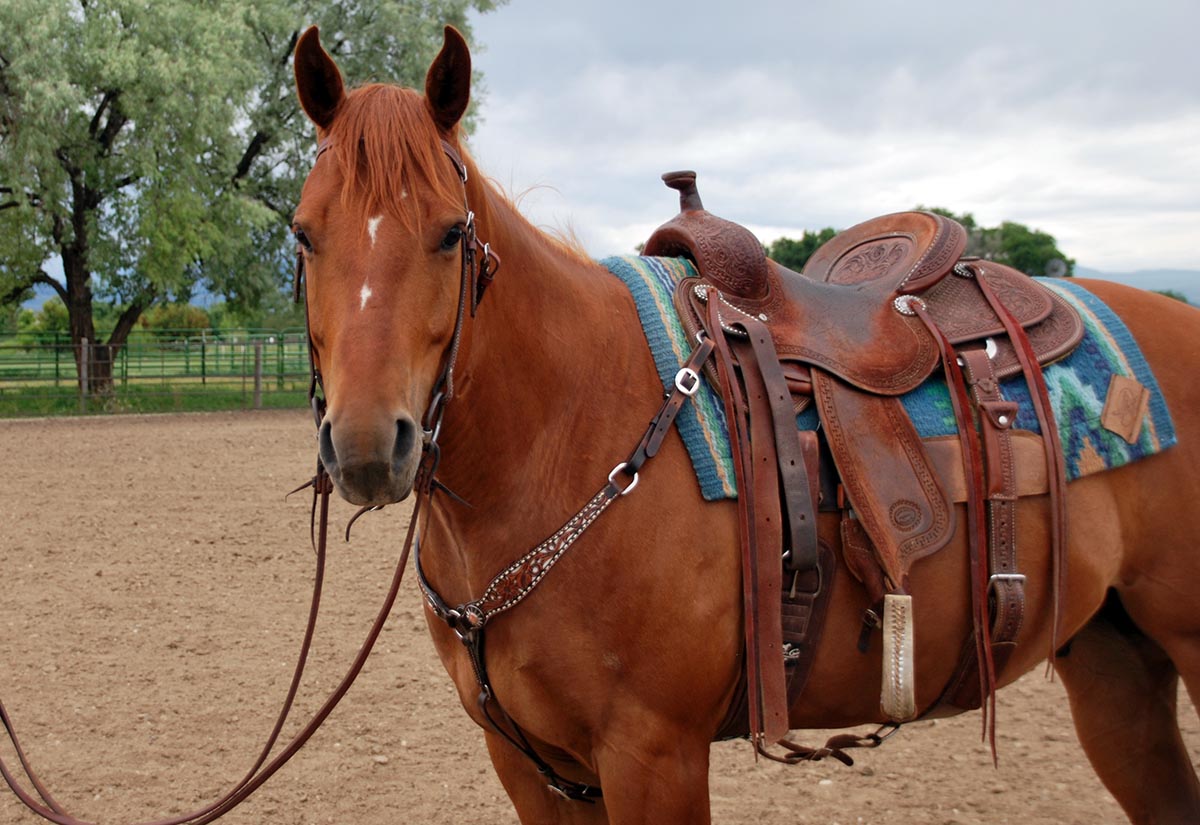Developing a comprehensive horse conditioning plan is essential for ensuring that your equine companion reaches its optimal performance level. A well-structured plan not only enhances the physical capabilities of the horse but also ensures its overall well-being. Conditioning is a crucial part of horse training and should be approached with care and diligence.

Understanding the Basics of Horse Conditioning
The term horse conditioning refers to a systematic approach to improving the horse’s endurance, strength, and flexibility. This process involves a variety of exercises and techniques designed to enhance the horse’s physical fitness over time. By gradually increasing the intensity and duration of these exercises, you can help your horse build stamina and strength.
Importance of a Tailored Conditioning Plan
Every horse is different, and so their conditioning plans should be tailored to meet their individual needs. Factors such as breed, age, health status, and the specific discipline the horse is involved in are vital considerations. A customized plan ensures that your horse receives the right amount of exercise without the risk of overtraining or injury.
Components of an Effective Horse Conditioning Plan
1. Cardiovascular Conditioning
Cardiovascular health is a cornerstone of any horse conditioning plan. Exercises such as trotting, cantering, and long-distance trail riding are excellent for building endurance. Incorporating diverse training tips can help maintain the horse’s interest and prevent monotony.
2. Strength Training
Strength training is equally important to ensure the horse can perform at its best. Activities like hill work and bending exercises can significantly enhance muscle development. These exercises should be gradually intensified to prevent strain.
3. Flexibility Exercises
Flexibility is crucial for a horse’s agility and overall performance. Regular stretching and specific exercises that promote suppleness are essential. These exercises help prevent injuries and improve the horse’s range of motion.
Monitoring Progress and Adjusting the Plan
Regular monitoring of your horse’s progress is vital. Keep track of its performance, health, and recovery time after exercises. Adjust the conditioning plan as needed to ensure continuous improvement while safeguarding the horse’s health.
The Role of Nutrition in Conditioning
A balanced diet is a key component of a successful horse conditioning plan. Ensure your horse receives adequate nutrition to support its increased activity levels. Consult with a veterinarian or equine nutritionist to customize a diet that complements the conditioning program.
Common Mistakes to Avoid
Avoid pushing your horse too hard too soon. Overtraining can lead to injuries and setbacks in progress. Additionally, ensure that your horse’s training sessions are varied to maintain its interest and motivation.
Incorporating Rest and Recovery
Rest is as important as exercise in a conditioning plan. Ensure your horse has adequate downtime to recover and rebuild strength. This balance is crucial for long-term success.
Conclusion
Creating an effective horse conditioning plan requires patience, observation, and a willingness to adapt. By focusing on cardiovascular health, strength, flexibility, and proper nutrition, you can help your horse achieve peak performance. Remember, the journey to optimal conditioning is ongoing and requires dedication and care.

FAQs
What is the best way to start a horse conditioning plan?
Begin with a thorough assessment of your horse’s current fitness level and tailor the plan based on its needs and goals.
How often should a horse be exercised?
The frequency of exercise depends on the horse’s conditioning goals. Generally, horses should be exercised at least three to five times a week.
Can all horses follow the same conditioning plan?
No, each horse requires a personalized plan based on its unique characteristics and the discipline it is involved in.
This article contains affiliate links. We may earn a commission at no extra cost to you.






